Child and Adolescent Development: A Social Justice Approach by Kristine Anthis features portraits of development at each stage interwoven with the findings of developmental science research on how inequitable resources and opportunities, which are influenced by social, economic, and political factors, can impact development. The book contains several pedagogical features to facilitate learning and improve the student experience.
Child and Adolescent Development: A Social Justice Approach - Features and Benefits

Snapshot Chapter Openings provide examples of diverse children and teens, including those who are of diverse races, ethnicities, languages, and genders, as well as those from working poor families, single-parent families, immigrant families, and refugee families. In addition, Chapter Learning Goals highlight the important concepts and techniques covered in each chapter.

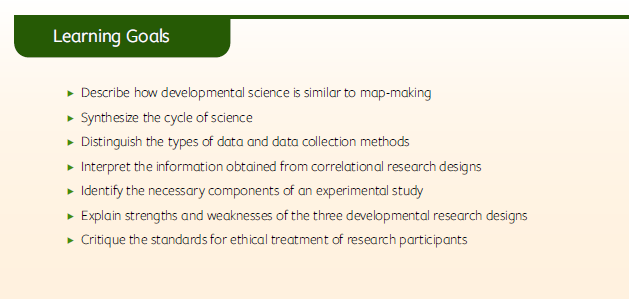
Cycle of Science Features ask students to consider the theoretical implications of the results of research studies and to reflect upon how empirical findings can be applied in the field.
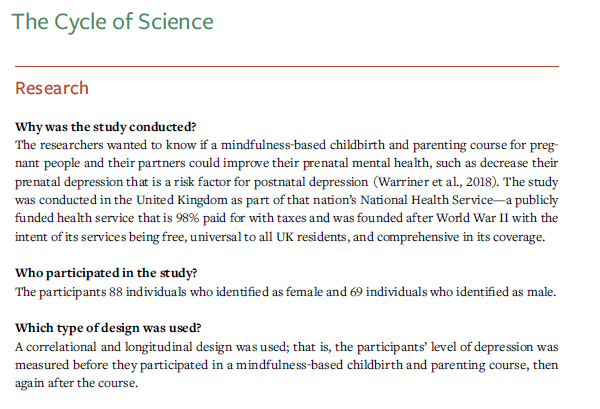
Mentor Minute Features provide students with career insights from interviews with diverse professionals in fields related to developmental science.
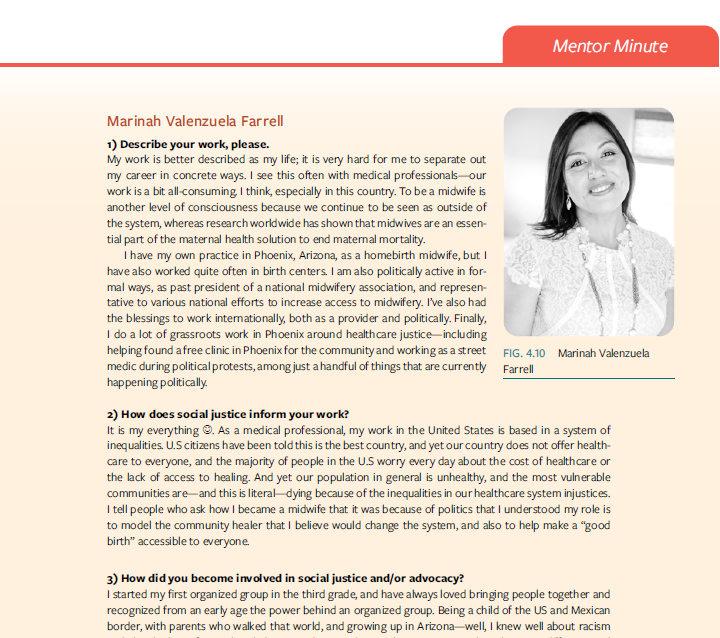
Pan and Zoom Features provide students with the opportunity to practice thinking analytically in terms of the panoramic big picture versus a zoomed-in detailed view of a developmental science topic.

Tech and Media Features validate students’ interest in, and concerns about, technology and media use in their lives and the lives of others.
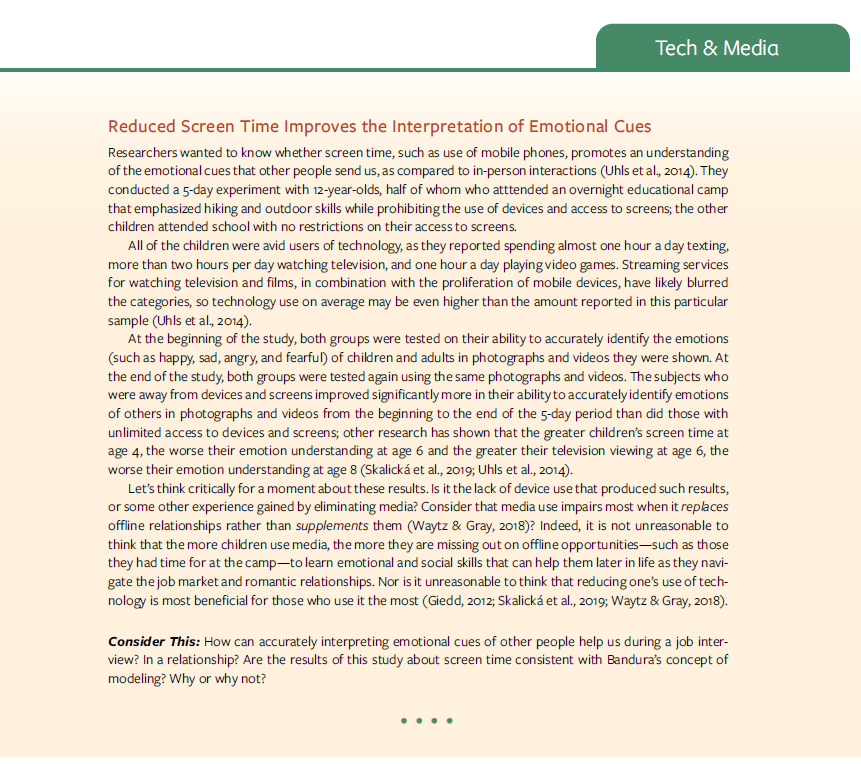
Icons are used throughout the text to highlight to highlight examples of overarching concepts.
Informational Tables and Figures provide emphasis and detail for concepts covered throughout the book.
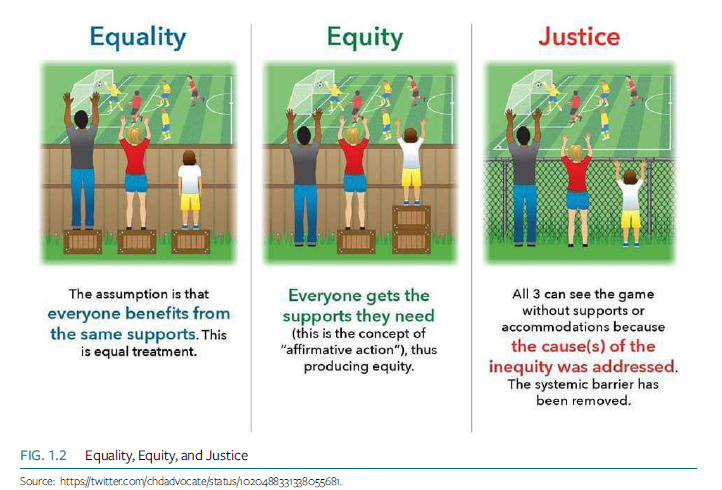
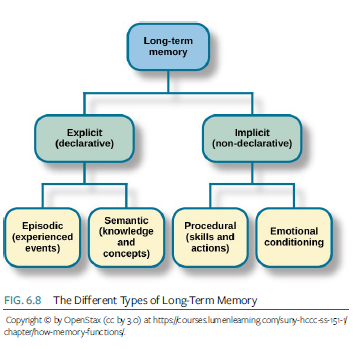
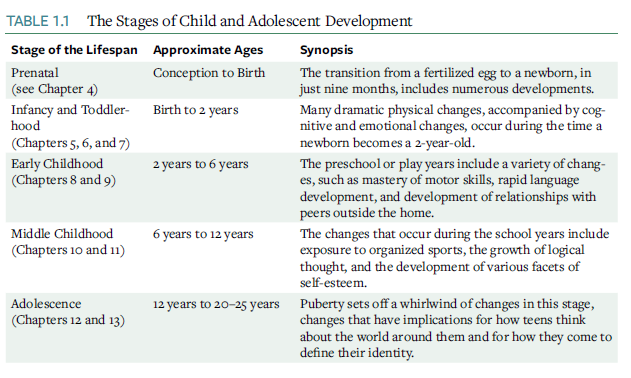
If you’re interested in learning more about the book and seeing these features in action, request a digital review copy today!

